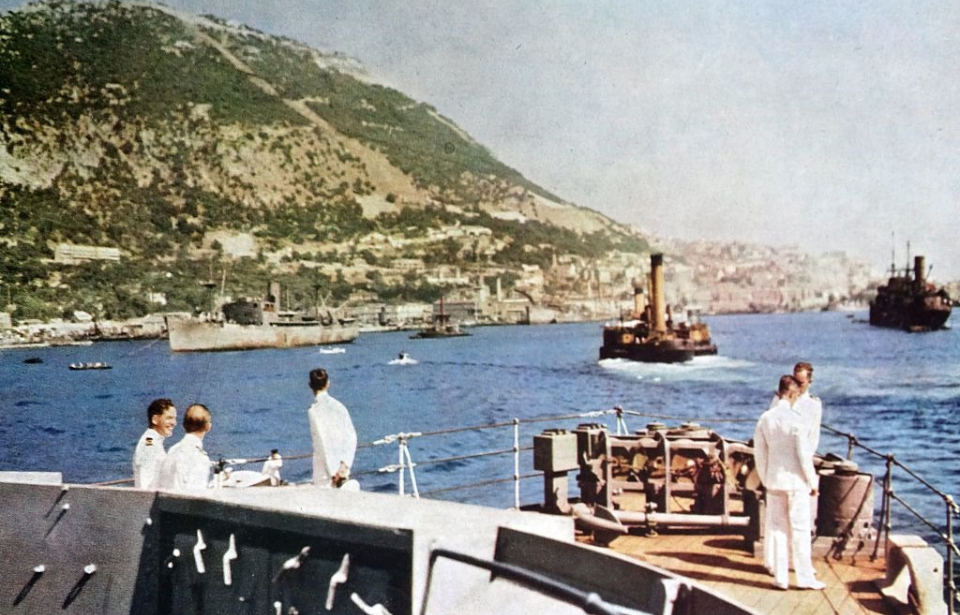Of all the secret operations of the Second World War, none were less appealing than Operation Tracer, which involved spies being buried alive (literally). This British mission aimed to bury a special team in a cave bunker, sealing them in from the outside. This meant they would be unable to leave.
The operatives were intended to stay below ground for an entire year. There was a chance it could be for much longer, and they were given provisions to allow for this. As bizarre and torturous as this may seem, the reasoning for the mission was sound and could provide the British with important intelligence, even if the Allies lost control of Gibraltar.
Gibraltar in the Second World War
Located on the southern part of the Iberian Peninsula in Spain, Gibraltar was a British overseas territory during the Second World War. Its location provided Allies with both a naval and air base directly near the Mediterranean Sea. While it was a very useful location for the Allies, it was also surrounded by Axis powers and those who were sympathetic to their cause.
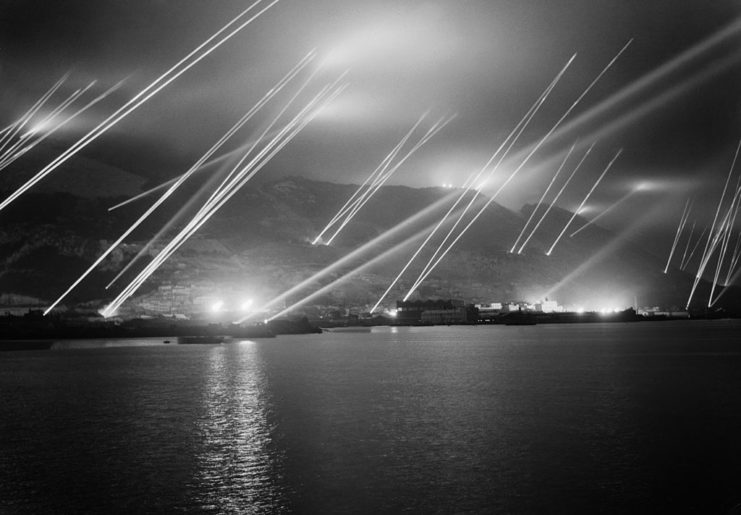
There was great concern that the Axis powers would gain control of Gibraltar, causing the Allies to lose their Mediterranean harbor for ships in the North Atlantic. In an effort to fortify the area, the British decided to improve the area’s existing tunnel system, parts of which dated back to the 1700s. By the end of the war, there were roughly 34 miles of tunnels below Gibraltar.
Establishing a covert observation post
The tunnels created during the war also played a crucial part in the early stages of Operation Tracer. Rear Adm. John Henry Godfrey, the Director of the Naval Intelligence Division of the British Admiralty, created a plan for a covert observation post at Gibraltar, designed to remain functional, even if the Axis powers were able to gain control.
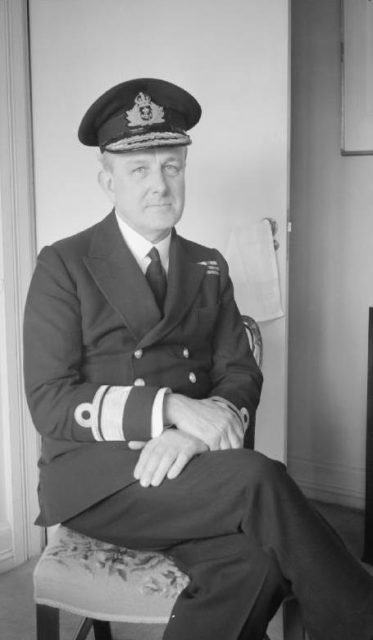
If a group like this were able to remain in operation, it would mean they could report enemy movements back to the British. The existing tunnels were used as part of the new construction effort, specifically Lord Airey’s Shelter, located underground near Lord Airey’s Battery. The construction began in 1941 and ran through to the following year.
Design of the Stay Behind Cave
What became known as the “Stay Behind Cave” was created by workers who didn’t actually know what they were building. Not only that, but as soon as the complex was finished, they were immediately returned to England to prevent them from leaking the plan. The complex included a living quarters for the six men, two observation areas, a large water tank, toilets and a radio room.
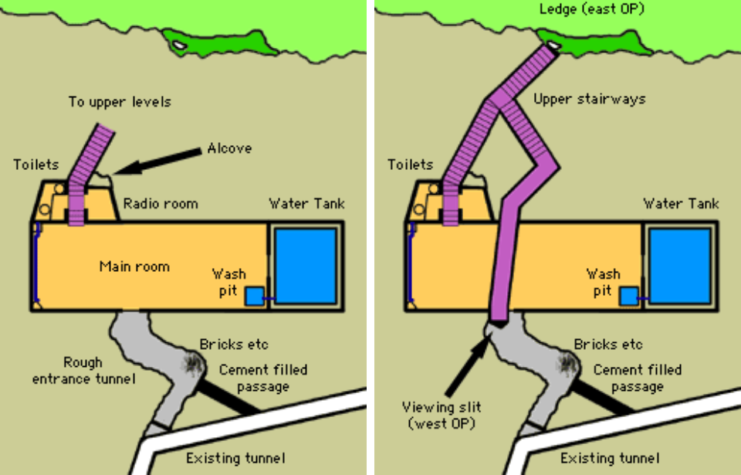
The plans were extremely well thought out, accounting for many potential problems. The floor of the main chamber was covered in cork tiles to reduce noise, and observation slits were concealed from the outside. As well, the aerial for wireless transmissions could be extended outside through a pipe, as needed. The design even accounted for the death of a team member, as the entrance passage was left with loose soil, so a burial could take place.
Building a team willing to be buried below ground
While the post was being designed and built, the special team that would eventually call it home was also being put together. Surgeon-Lt. Bruce Cooper was recruited while on shore leave in 1941 and was told that, while he couldn’t know what he would be doing, he needed to recommend another physician join him. He chose Arthur Milner, one of his friends from medical school.
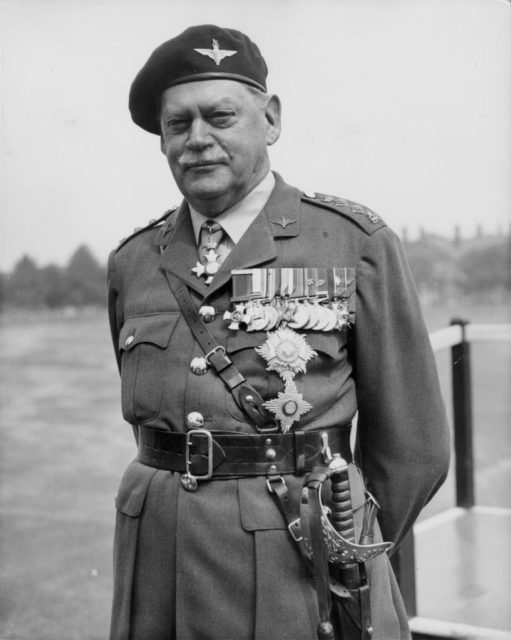
Along with the two doctors, the team consisted of three junior seamen who would operate the radios and Richard “Windy” Gale, who would serve as executive officer. The team was dispatched to Gibraltar, having been warned in advance that they may be sealed in the operation post for a year or longer. Once they arrived, they were placed undercover as other military servicemen, prepared to be moved to their secret location at any moment.
They remained undercover for roughly two and a half years and were never needed. In 1943, an order went out to block the caves before the British Army withdrew its forces. When the war ended, the team was disbanded and sworn to secrecy, like many others involved in top secret actions during the Second World War. When he finally spoke about the mission in the mid-2000s, Cooper was the only surviving member of the group.
Rediscovering the forgotten complex
After the war ended, rumors spread about a secret wartime room in the Gibraltar tunnel system. Many searched for it, but found nothing concrete until the Gibraltar Caving Group embarked on a two-and-a-half-year search to find it in 1997. Their dedication led them to the Lord Airey tunnel system, where they felt a strange gust of wind coming from one of the tunnels.
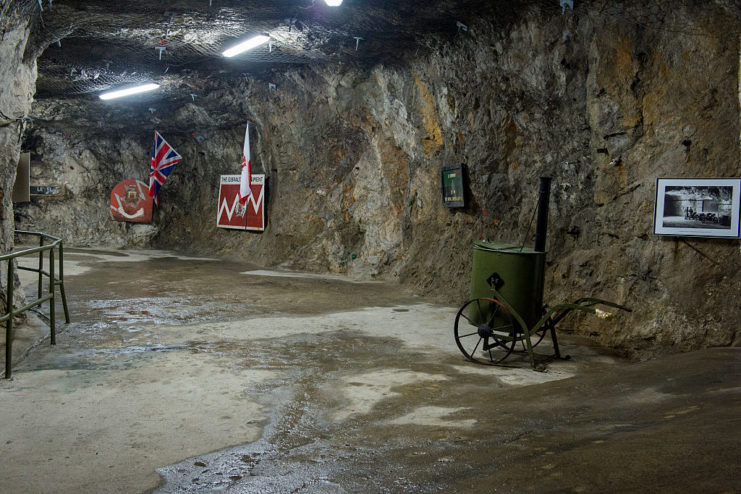
More from us: SOE Agent Odette Sansom Was the First Woman to Be Awarded the George Cross
When the explorers investigated, they found an iron sheet placed over a brick wall. Behind the bricks was a hidden doorway into the Stay Behind Cave. It wasn’t until Cooper visited the site in 2008 that it was officially confirmed as the mythical missing bunker.
